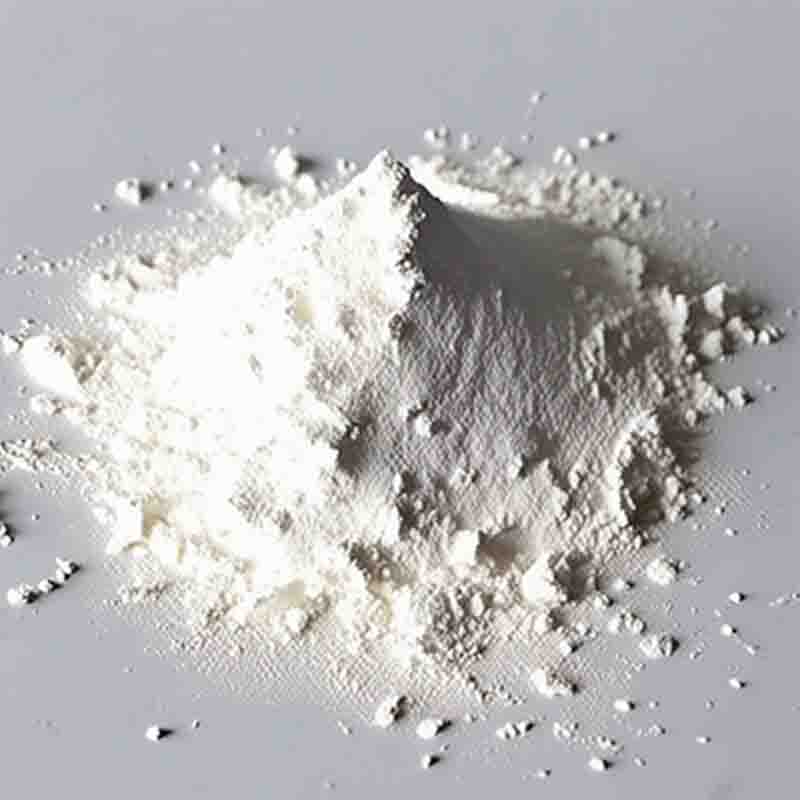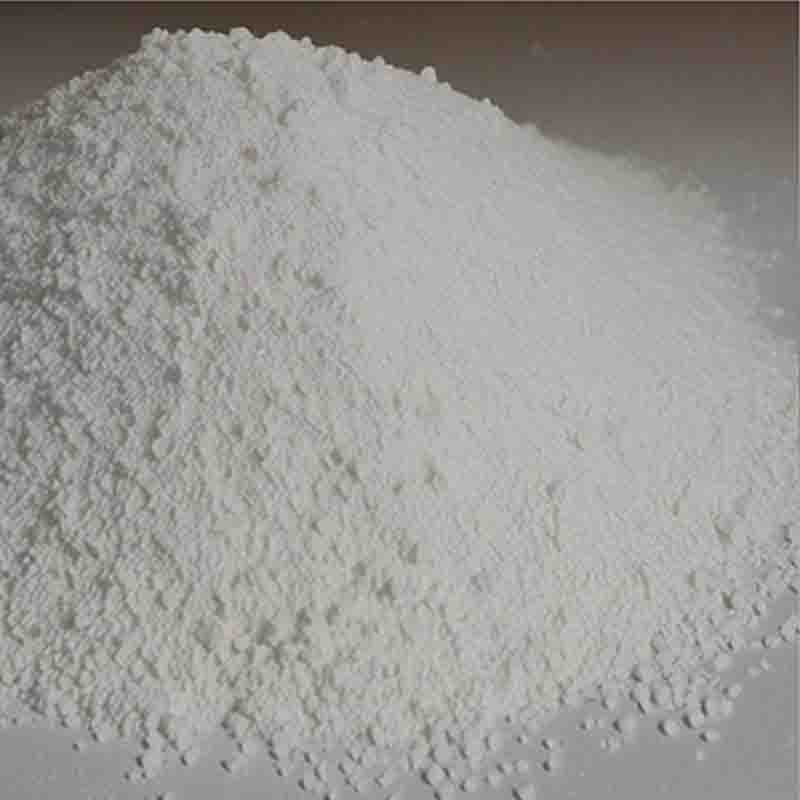Dicarbonylacetylacetonato rhodium(I) CAS: 14874-82-9
| Catalog Number | XD94466 |
| Product Name | Dicarbonylacetylacetonato rhodium(I) |
| CAS | 14874-82-9 |
| Molecular Formula | C7H7O4Rh |
| Molecular Weight | 258.03 |
| Storage Details | Ambient |
Product Specification
| Appearance | White powder |
| Assay | 99% min |
Dicarbonylacetylacetonato rhodium(I), commonly referred to as Rh(acac)(CO)2, is an organometallic compound containing a rhodium (Rh) atom coordinated with two acetylacetonate (acac) ligands and two carbonyl (CO) ligands. This complex has a range of applications in catalysis, particularly in the field of organic synthesis.One of the key uses of Rh(acac)(CO)2 is in the hydroformylation reaction, also known as the Oxo process. This reaction involves the insertion of a carbon monoxide (CO) and a hydrogen molecule (H2) into an alkene, resulting in the formation of an aldehyde. Rh(acac)(CO)2 acts as a catalyst in this process, facilitating the insertion of CO and H2 into the carbon-carbon double bond. Hydroformylation is a crucial industrial process for the production of aldehydes, which serve as important intermediates in the synthesis of various chemicals, such as detergents, plasticizers, and pharmaceuticals.Rh(acac)(CO)2 has also been utilized in other catalytic transformations, including the carbonylation reactions. Carbonylation involves the addition of carbon monoxide to organic substrates, leading to the formation of carbonyl-containing compounds. Rh(acac)(CO)2, in combination with appropriate ligands, can catalyze these reactions, enabling the synthesis of diverse organic molecules, such as esters, amides, and lactones. Carbonylation reactions have broad applications in the pharmaceutical, agrochemical, and polymer industries.Additionally, Rh(acac)(CO)2 has shown promising results in catalyzing various bond activation reactions, such as C-H and C-C bond activation. These reactions involve the cleavage of relatively stable chemical bonds, which are otherwise difficult to break. By activating these bonds, new functional groups can be introduced into organic molecules, enabling the construction of complex structures. The catalytic activity of Rh(acac)(CO)2 in bond activation reactions makes it a valuable tool in organic synthesis.Furthermore, Rh(acac)(CO)2 has been studied in the context of homogeneous catalysis for the transformation of biomolecules. It has been explored in the selective oxidation of alcohols and the reduction of carbon dioxide, both of which are important reactions for the sustainable production of fine chemicals and fuels. The catalytic potential of Rh(acac)(CO)2 in these processes offers greener and more efficient alternatives to traditional chemical methods.In summary, Rh(acac)(CO)2 is a versatile catalyst widely employed in various catalytic reactions. Its applications range from hydroformylation and carbonylation reactions to bond activation and biomolecule transformations. Rh(acac)(CO)2 plays a crucial role in the synthesis of valuable organic compounds, contributing to the advancement of organic chemistry and the development of sustainable chemical processes.









